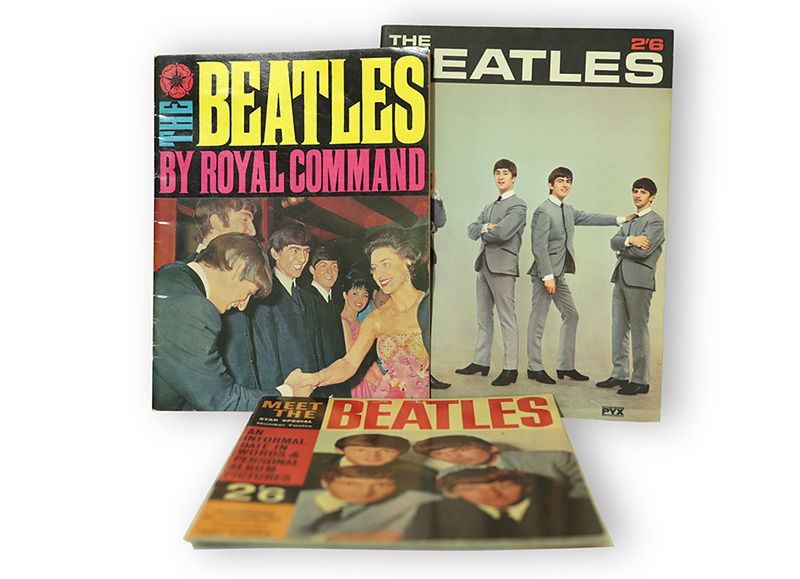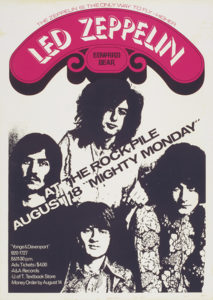24 Jun Archive: Signed B.B. King Compilation Album
Artifact:0009
A common job for music writers throughout the rock era was producing liner notes, the pieces of writing printed on the inner sleeve of a vinyl record. Ritchie Yorke was prolific with his writing of liner notes for some of his favourite acts, including Edward Bear, Aretha Franklin, Ronnie Hawkins, and B.B. King.
This copy of His Best: The Electric B.B. King features Ritchie’s liner notes and was signed and gifted to him in 1968 upon its release, though he would’ve received an advance copy as well in order to write the notes in line with the albums material. This kind of procedure allows writers to hear the music early and get a head start on any reviews/ articles.
The concept of liner notes was descended from the program notes of musical concerts where information on the show and its performers and creators could be listed. They evolved and began to be printed on vinyl records as early as 1948. The notes on these records could be dedicated to a variety of things including artist and album bios, discographies, dedications and information on producers, collaborators and other credits.
The idea of liner notes survived early medium transitions such as cassettes and cds, through the use of booklets included in the cases, though these changes in medium each bought significant differences for liner notes, such as cd booklets strong use of imagery. Liner notes survive today in digital formats as credits attached to the files and writing on the materials page on streaming services, as well as in the format they originated from, vinyl. The vinyl resurgence of the past 10 years has led to a comeback in liner notes and a stronger focus on the material as a package, with music, artwork and liner notes all being important parts of the final product for collectors.














